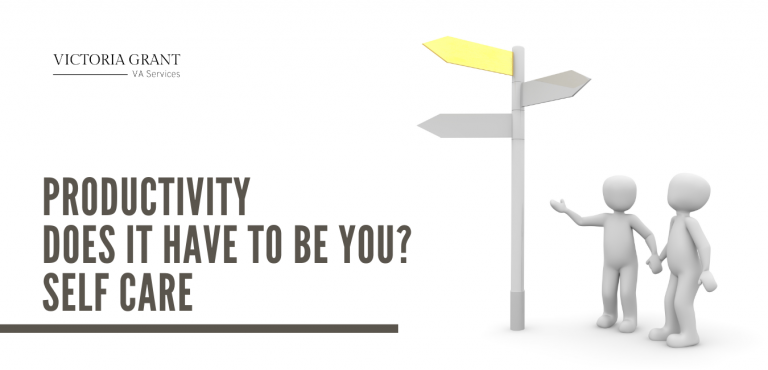How to Handle Difficult Clients: Knowing When to Break Up
Working with clients is an essential part of any business. While most clients are great to collaborate with, there will be occasions where you encounter difficult ones. It might be that they try and push the boundaries or be awkward for the sake of being awkward. Dealing with bad clients can be challenging, but it’s crucial to maintain professionalism and protect your well-being. So, in this blog post, we’ll explore effective strategies for handling difficult clients and discuss when it might be appropriate to consider ending the working relationship.
Set Clear Expectations from the Start
The key to avoiding misunderstandings and conflicts with clients is setting clear expectations from the beginning. During your discovery call or onboarding process clearly outline the scope of your services, project timelines, and payment terms in a written agreement. This document will serve as a useful reference point throughout your collaboration and help minimise potential disagreements.
Communicate Openly and Respectfully
Effective communication is essential when dealing with challenging clients. Maintain open lines of communication, actively listen to their concerns, and respond with empathy and professionalism. If problems arise, don’t avoid them and address them promptly, and work towards finding a solution together.
Establish Boundaries
Clients who constantly push boundaries or are disrespectful can negatively impact your productivity and well-being. Establish clear boundaries and enforce them about acceptable communication hours, response times, and the scope of your services. Don’t hesitate to politely remind the client of these boundaries when necessary if they begin to push them. Refer to the previous written agreement.
Assess the Impact on Your Business
Sometimes, dealing with a bad client can have a significant impact on your business, leading to excessive stress, missed opportunities, and reduced motivation. Take time to assess the overall effect of working with the client on your business and personal life. If the negatives outweigh the positives, it may be time to consider parting ways. This may seem like a scary prospect especially if they are a high value client but imagine how you can spend those same hours on different nicer clients who will be a lot more respectful to you business and your time.
Attempt Resolution, But Know When to Let Go
Before making any final decisions, make an effort to resolve the issues with the client. It might seem difficult but have an honest conversation about the challenges you’re facing and explore potential solutions together. However, if the client continues to be uncooperative or disrespectful, it might be in your best interest to end the relationship. And you can do this with the knowledge that you’ve tried to fix any issues.
Handle the Breakup Professionally
If you decide to part ways with a bad client, do it professionally and courteously. Offer a clear explanation for your decision and, if possible, provide recommendations for other professionals who might be a better fit for their needs. Carrying out an amicable break-up will help prevent any negative word of mouth from the client.
Dealing with bad clients is an inevitable aspect of any business, but knowing how to handle such situations is vital for your success and well-being. Setting clear expectations, maintaining open communication, and establishing boundaries can help you navigate challenging client relationships. Ultimately, if the relationship is causing more harm than good, don’t hesitate to part ways professionally and focus on working with clients who appreciate your expertise and respect your efforts. Remember, protecting your business and maintaining your passion for your work should always be your top priority.







